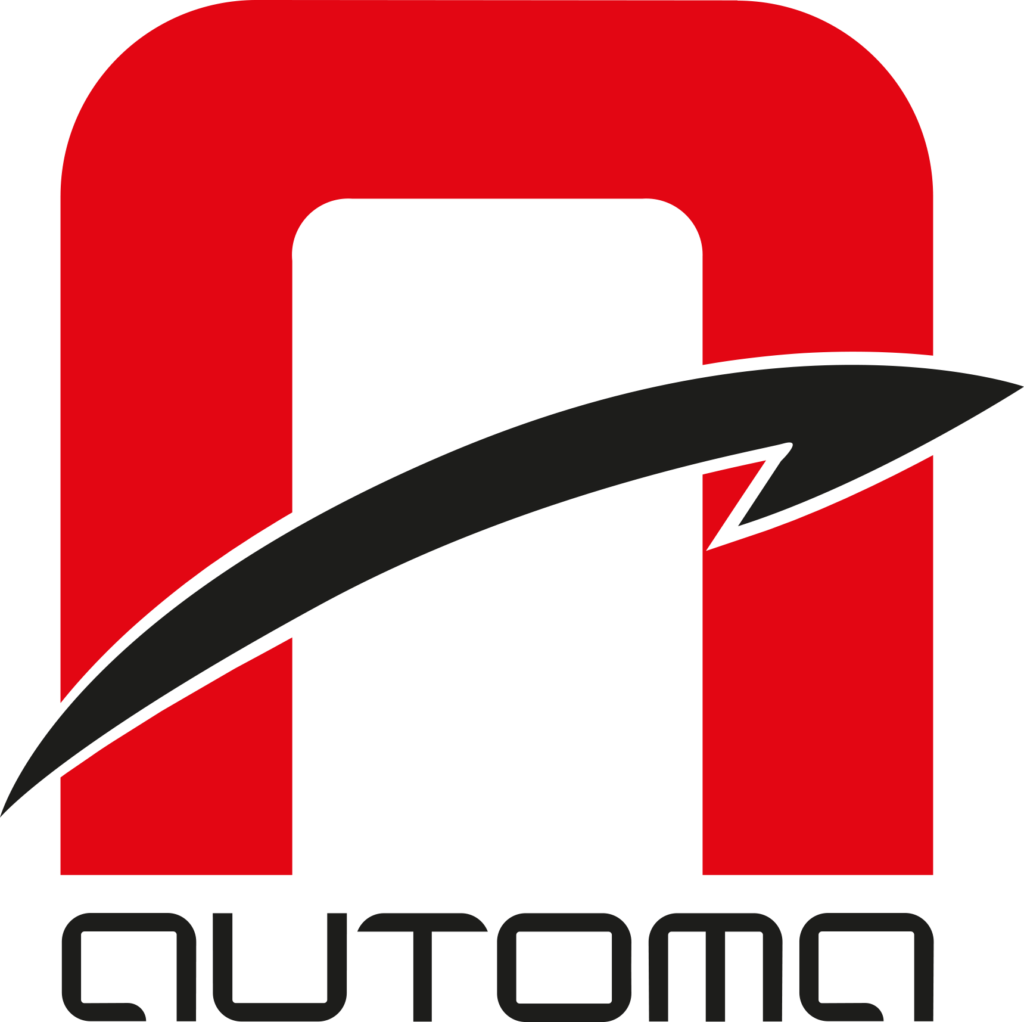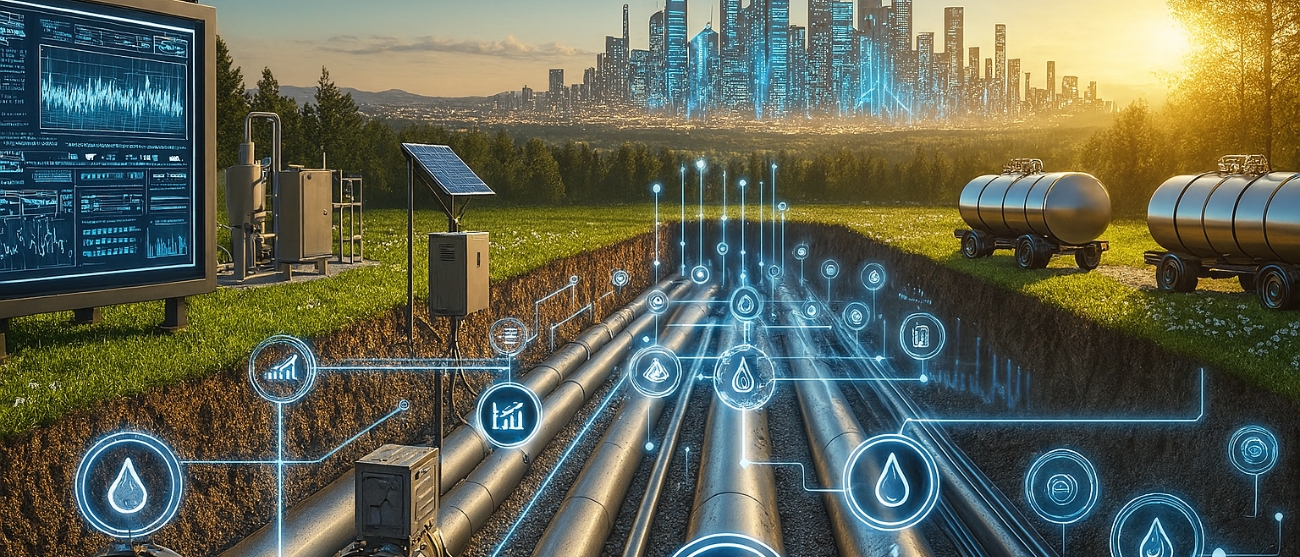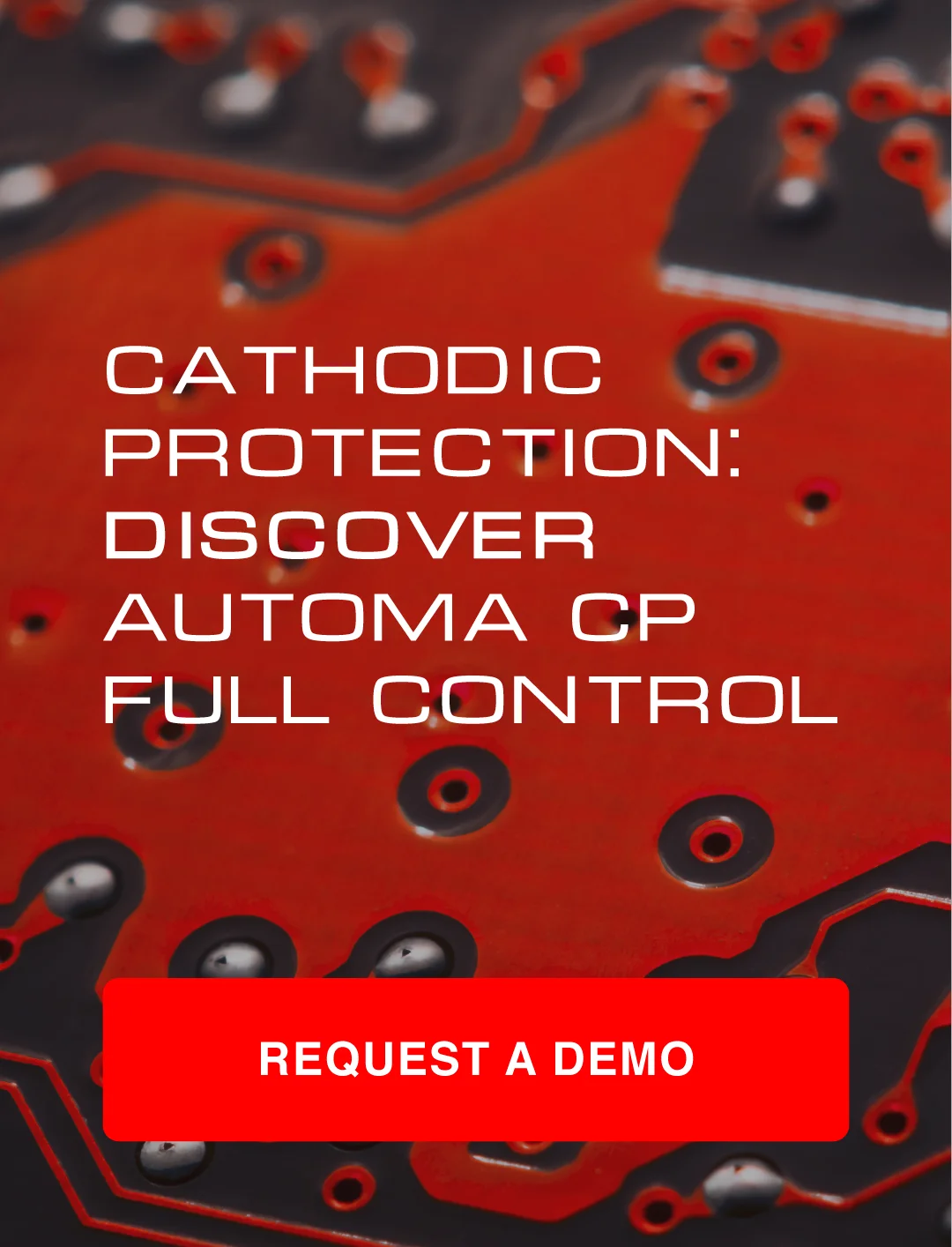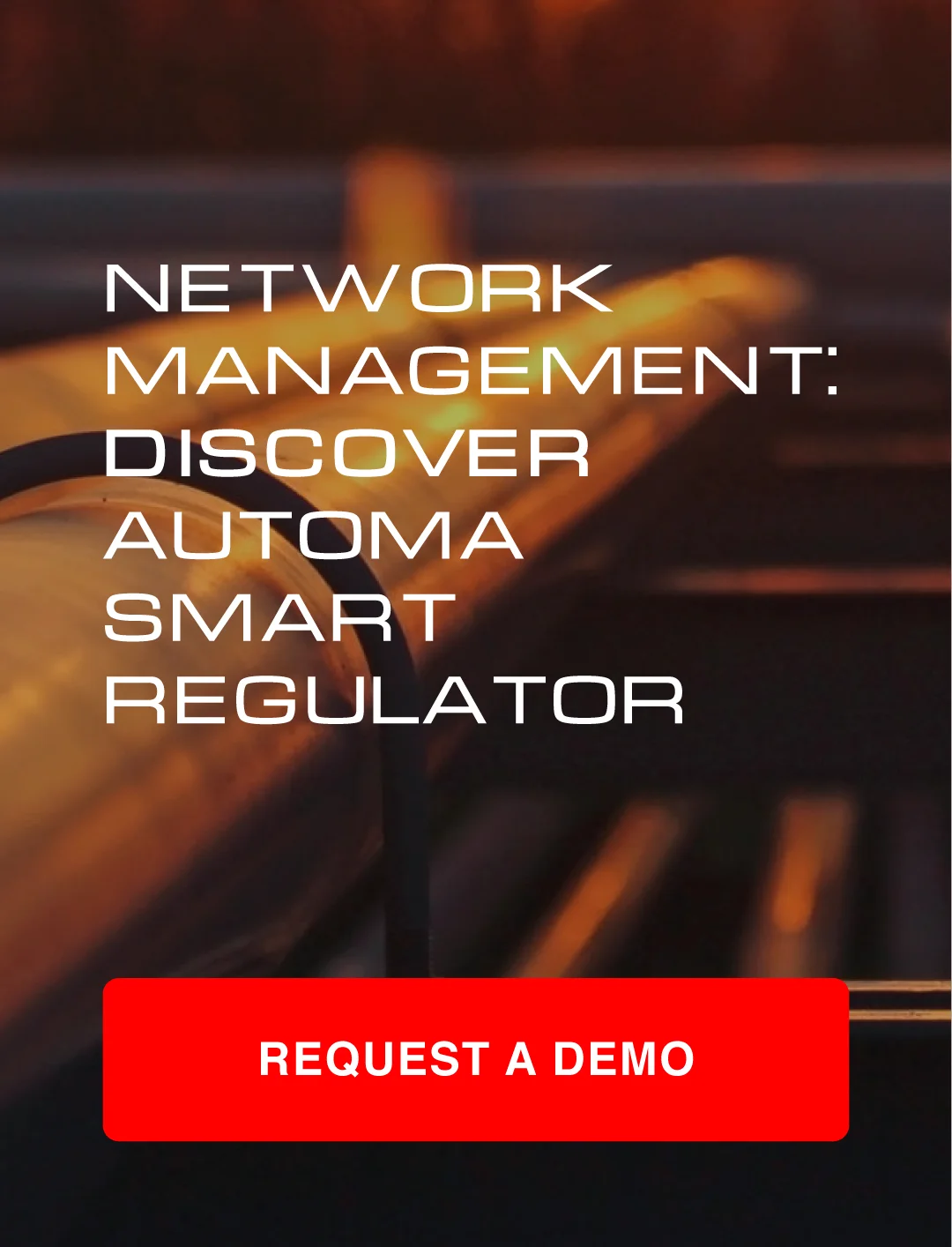Cathodic protection has always been one of the fundamental strategies to slow down the corrosion of underground metal structures, such as pipelines. However, until recently, the techniques adopted to verify its effectiveness were often limited to manual, punctual measurements and not adequately representative of the entire system, especially in the presence of interference.
Today, thanks to the introduction of advanced technologies, big data and artificial intelligence, cathodic protection monitoring is undergoing a real revolution.
Traditionally, it was based on surveys carried out at certain points in the network: operators collected periodic readings of the ON potential and, based on these measurements, adjusted the setpoints of the rectifiers. This method, however, showed significant limitations: the values detected represented only an instantaneous measure and did not take into account fluctuations during the day or external interferences, such as stray currents generated by nearby infrastructures.
With the evolution of networks and the increase in interference, it was understood how necessary a paradigm shift was. This is how AUTOMA created the idea of an intelligent management of the cathodic protection system (Smart CP System): an ecosystem capable of monitoring every point of the network in real time, automatically regulating the current supplied by the cathodic protection rectifiers and predicting critical issues before they turn into concrete problems.
AUTOMA’s Smart CP System is an innovative approach that combines digital technology, data analysis and artificial intelligence to optimize the operation of the entire cathodic protection system in real time.
From analog to digital: the Smart CP System, the AUTOMA revolution
In the past, as we said just above, operators performed spot surveys on specific ‘points’ of the network, manually measuring the ON potential. This data was used to configure rectifiers, often with a high safety margin to compensate for measurement uncertainty and fluctuations over time. The result? Often more current was supplied than necessary, with consequent energy waste and, above all, the risk of overprotection and damage to the coatings.
In addition, the increase in ground interferences — due to stray currents, electric railway lines, industrial plants or power lines — has made the ON potential less and less reliable as the only reference parameter, or at least considerably more complicated to interpret.
The Smart CP System was created to overcome these limits. It is a centralized and intelligent management platform that continuously and dynamically controls all components of the cathodic protection system: rectifiers, measuring points, electrodes, and remote control devices. Its objective is twofold: to keep the IR-free protection potential stable and to optimize the output current of the rectifiers, avoiding waste and malfunctions.
Among the system’s key technologies:
- RDU (Remote Datalogger Unit) installed at every critical point of the network, able both to function as a remote datalogger and to transmit measurements of the On and IR-free potential in real time.
- Smart rectifiers, capable of working in a new automatic mode based on IR-free potential.
- Remote control of the rectifiers, with the possibility of modifying the operating parameters from a central platform.
- Adaptive algorithms that analyze historical data, seasonality, environmental conditions, and network status to anticipate and solve problems before they occur.
The heart of the Smart CP System is the new generation of smart rectifiers developed by AUTOMA, capable not only of operating in traditional modes, but also of working on the basis of IR-free potential. Connected to a coupon, these rectifiers constantly measure the real potential of the structure and adapt the current supplied to keep it stable.
All this is made possible thanks to a digital platform that integrates data analysis, predictive algorithms and remote control.
Not only that: currently, rectifiers in automatic operating mode base their adjustment on local feedback, but they must guarantee effective protection over the entire extension of the protected structure. For this reason, the possibility of identifying the most critical point (or points) of the network, equipping it with an RDU that allows more frequent communication during the day and connecting this point to the rectifier so that it works and varies its current supply based on the measurements taken by the critical point, opens up a completely new and much smarter opportunity to manage cathodic protection: the possibility of guaranteeing in every moment an effective protection of the entire structure to be protected, while at the same time delivering the minimum current necessary to achieve this purpose.
Scalable configurations and intelligent algorithms
The Smart CP system is extremely flexible and can be configured in different ways, depending on the complexity of the infrastructure (number of rectifiers and critical reference points identified):
- One to one: a rectifier controlled by a remote measuring point.
- One to many: a rectifier controlled by multiple critical points, with an algorithm that identifies the dominant point for regulation.
- Many to many: multiple rectifiers interact with a network of measurement points, with an intelligent balancing of the currents.
There are two main approaches to control algorithms:
- Time-based: the platform interrogates devices at regular intervals and adjusts rectifiers based on predefined thresholds.
- Event-driven: each measurement point actively communicates to the platform when it detects a significant deviation, triggering immediate action.
Concrete benefits
The introduction of the Smart CP system brings tangible advantages:
- Reduction of energy consumption, thanks to a more precise regulation of the current.
- Longer anode life, avoiding overprotective conditions, and generally delivering more current than necessary.
- Proactive corrosion prevention, thanks to the real-time view of the network status.
- Lower maintenance costs, with targeted and data-based interventions.
- Greater sustainability of the entire infrastructure system.
The first field applications confirm the effectiveness of the approach. The Smart CP system is not only a natural technological evolution, but a real paradigm shift: from static and reactive protection to intelligent, predictive and adaptive management of critical infrastructures.
AUTOMA designs and produces innovative and Made in Italy hardware and software solutions for remote monitoring and control in the Oil, Gas and Water fields.
We were founded in 1987 in Italy, and today more than 50,000 Automa devices are installed in more than 40 countries around the world.
Do you want to know the security advantages of your networks that you could have with the AUTOMA cathodic protection monitoring system?
Contact our team without obligation and we’ll tell you what we can do to optimize your infrastructure control.

 Project Manager at Automa S.r.l.
Project Manager at Automa S.r.l.
Nicolas Rossi is an Electronic Technician and certified Level 2 Cathodic Protection Technician with experience in remote monitoring and control for cathodic protection and pressure-network systems. At AUTOMA S.r.l. he works together with hardware, firmware and software teams to deliver cutting-edge industrial solutions.
Core competencies:
- Level 2 Cathodic Protection Technician – Underground Metal
Structures (EN ISO 15257) - MERN full-stack developer (MongoDB, Express.js, React, Node.js)
- 15+ years of hands-on leadership in technical entrepreneurship and
product development




